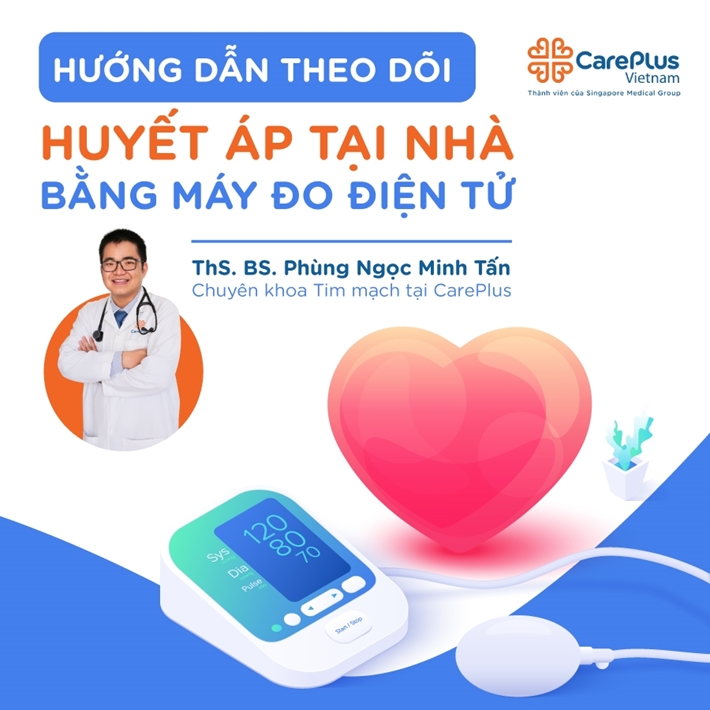5 principles of self-monitoring of blood pressure at home for cardiovascular patients
Self-monitoring of blood pressure at home has been proven to be reliable, helping to improve patient adherence, increase blood pressure control, and help patients better understand their disease. Therefore, instead of anxiously waiting for the "routine test," everyone should actively monitor their blood pressure!

3/22/2021 11:51:13 AM
Patients often have the habit of looking forward to the day of the medical examination, then anxiously waiting for the nurse to measure this visit to see if their blood pressure is high or not.
In some places, this measured value is the only blood pressure data for the doctor to consider before changing the medication or increasing or decreasing the dose.
The American and European Heart Associations have highly recommended self-monitoring of blood pressure by patients at home. Because it reflects the patient's "background" blood pressure over a long period, these measurements provide more information for the Physician to consider and evaluate the effectiveness of the prescription being treated, more than just relying on a single measurement at the time of visit.
Self-monitoring of blood pressure at home has been proven to be reliable, helping to improve patient adherence, increase blood pressure control, and help patients better understand their disease. Therefore, instead of anxiously waiting for the "routine test," everyone should actively monitor their blood pressure!
For simplicity and accuracy, keep in mind the principle of self-measurement of blood pressure according to the sequence of numbers
0️. When measuring blood pressure, DO NOT talk, DO NOT watch TV, need to relax as much as possible, NO worry, nervousness. DO NOT wrap the cuff of the sphygmomanometer on your sleeve (sleeves should be rolled up or preferably a short-sleeve/tri-hole t-shirt)
1️. Measured at ONE fixed arm (usually on the non-dominant hand), at the same ONE fixed time of day (e.g., 6 to 8 am)
2️. Once every two days is fine. In most cases, patients monitoring blood pressure every other day is enough for the doctor to have good monitoring and treatment information.
Being too concerned and paying attention to measuring blood pressure often many times a day sometimes brings psychological anxiety. The measured values fluctuate very differently, making the patient "noise chaos" and added anxiety.
3️. Do not eat, drink coffee, tea, smoke within the previous Thirty (30) minutes
4️. An elevated blood pressure reading is one hundred and forty (140) mmHg or more. If the value is above this level, your doctor will decide to give you medicine.
5️. Rest for at least FIVE minutes before measuring. Avoid just going up the stairs, exercising, or doing some physical work, is to sit down to measure blood pressure right away, the value will be inaccurate.
🗒️ You should have a blood pressure monitoring book and show it to your doctor at each follow-up visit.
🔭 About measuring technique:
🎯 You should measure your blood pressure while sitting in a chair at the edge of the table.
🎯 Place your elbows on the table, then relax your forearms to rest on the table. Do not strain, do not rest your hand, do not use the other hand to hold the measuring arm.
🎯 Wrap the cuff according to the instructions. Press the gauge only once. Record the measurement results in the logbook.